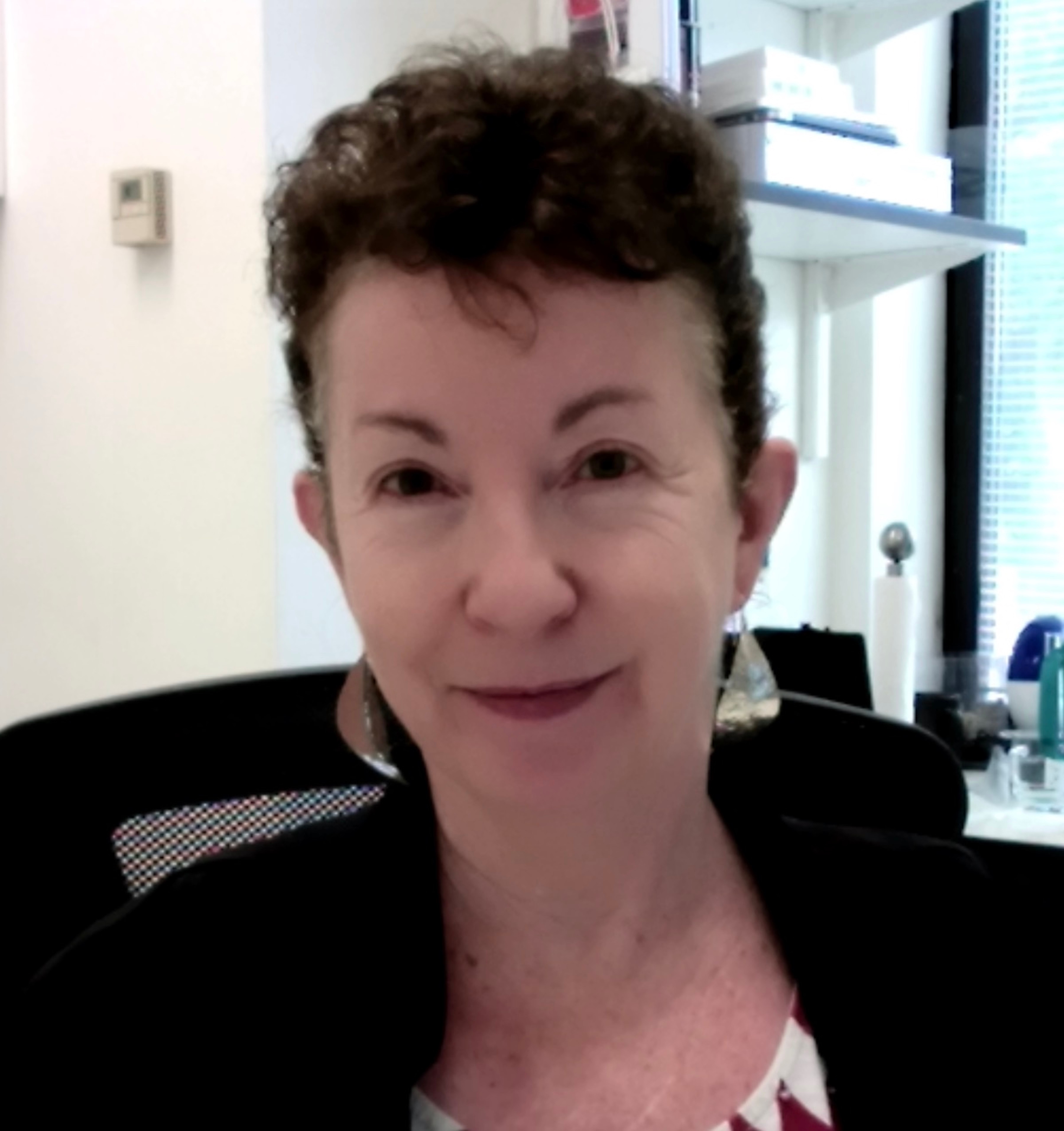Laboratory of Cell & Molecular Biology

Lab Sections and Chiefs
-
Cell Biochemistry Section
John A. Hanover, Ph.D., G. Gilbert Ashwell Distinguished Scientist -
Gene Structure and Disease Section
Karen Usdin, Ph.D. -
RNA Biology Section
Astrid D. Haase, M.D., Ph.D. -
Section of Genetics and Physiology
Lothar Hennighausen, Ph.D.
Cell Biochemistry Section
John A. Hanover, Ph.D., G. Gilbert Ashwell Distinguished Scientist, Section Chief
The Cell Biochemistry Section employs diverse genetic and biochemical tools to understand mechanisms of nutrient sensing and nuclear-cytoplasmic regulation. Researchers are interested in organelle biogenesis, innate immunity, and developmental plasticity. The central focus of the Section is understanding how nutrient availability may influence disease susceptibility in the current population through transgenerational epigenetic influences such as O-GlcNAc cycling.
Gene Structure and Disease Section
Karen Usdin, Ph.D., Section Chief
The Gene Structure and Disease Section is interested in understanding the relationship between mutation and disease pathology in genetic disorders where the mutation occurs outside of the open reading frame, and thus where the consequences of the mutation are not immediately obvious. In particular we are interested in understanding the molecular basis of the unusual mutation that is responsible for the Fragile X-related disorders (FXDs) and the unusual consequences of this mutation for human health.
RNA Biology Section
Astrid D. Haase, M.D., Ph.D., Section Chief
The RNA Biology Section studies the function of small non-coding RNAs in genome surveillance. A particular class of small RNAs, PIWI-interacting RNAs (piRNAs), silence mobile genetic elements in germ cells and thus guard genomic integrity and ensure fertility in animals. Combining Drosophila genetics, biochemistry and next-generation sequencing our research aims to elucidate mechanisms of piRNA silencing and to further our understanding of fundamental mechanisms that survey and guard genomic integrity.
Section of Genetics and Physiology
Lothar Hennighausen, Ph.D., Section Chief
The section (1) conducts genetic studies to understand how hormones control genes in the mammary gland; (2) uses genome-wide technologies to investigate the activation of chromatin; (3) uses advanced genetic engineering to investigate regulatory elements that control genes in mammals; (4) investigates the accuracy of novel gene editing technologies in mammals.
